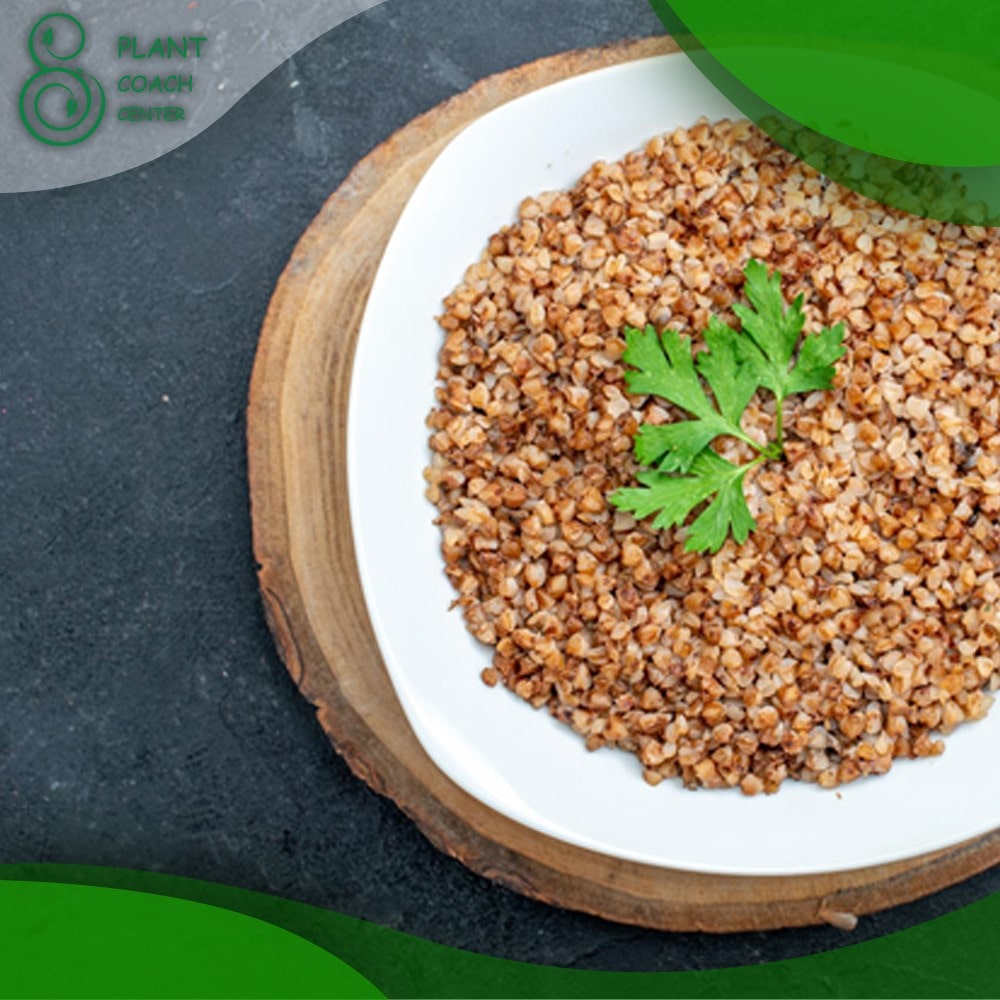Cultivating Success: A Comprehensive Guide to Planting Brown Top Millet
When it comes to growing crops, timing is everything. There’s a time to sow, a time to reap, and a time to rest. Just like any other plant, understanding the right time for sowing is crucial for planting brown top millet. This comprehensive guide from PlantCoachCenter.com aims to provide you with all the knowledge you need to succeed in this endeavor.
Understanding Brown Top Millet
Before diving into the planting process, it’s essential to understand what brown top millet is, its origin, uses, and the types available.
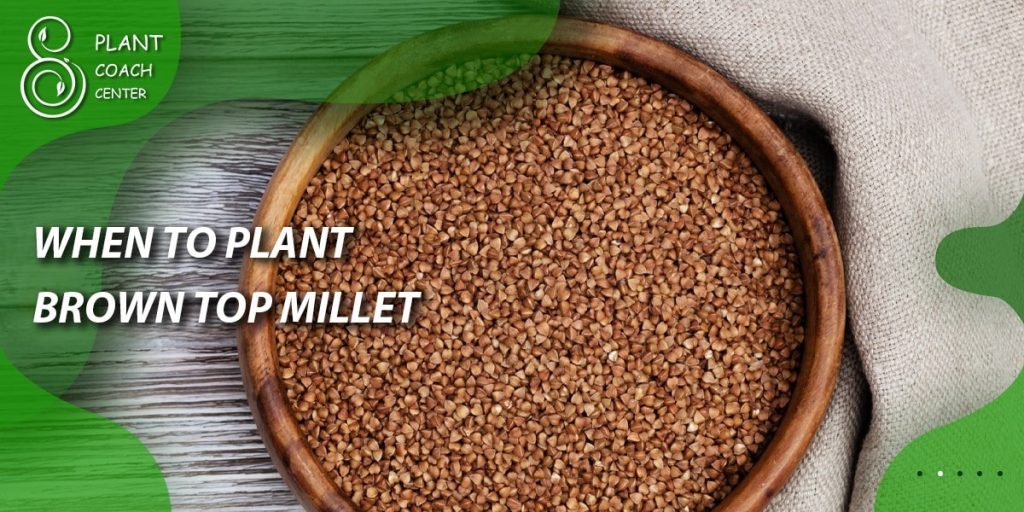
Origin and History
Brown top millet, scientifically known as Urochloa ramose, is a warm-season annual grass native to India and other parts of South Asia. It has been cultivated for thousands of years as a staple grain crop and is well-known for its resilience to harsh weather conditions.
Nutritional Value and Uses
Brown top millet is a nutrient-rich grain, packed with proteins, dietary fibers, and essential vitamins and minerals. It’s gluten-free, making it an excellent choice for those with gluten intolerance. Apart from being used as food, it’s also used as a forage crop for livestock and a cover crop to improve soil health.
Types of Brown Top Millet
While there are several types of millet, brown top millet is distinct for its seed head shape and the brownish color of its seeds. It’s also known for its fast growth and drought resistance, making it suitable for cultivation in various climates.
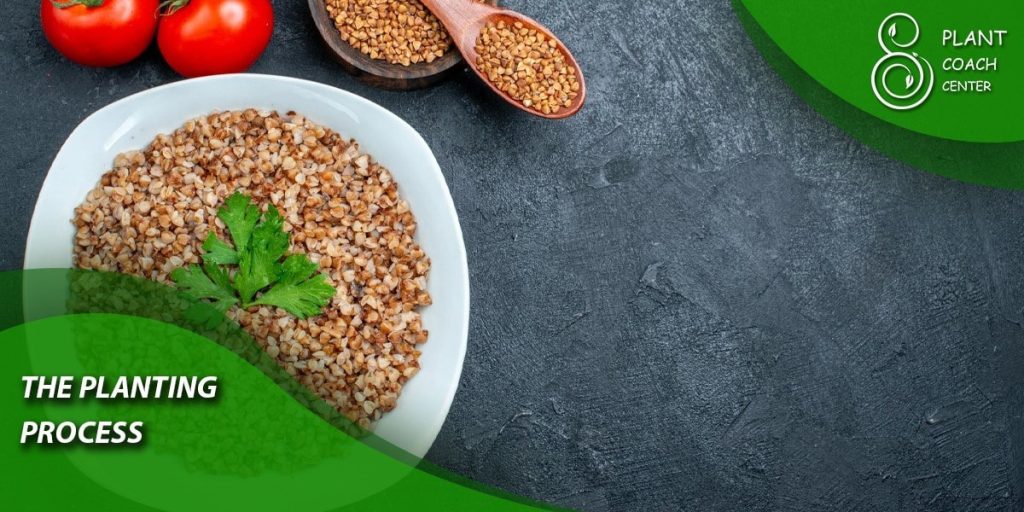
The Planting Process
Planting brown top millet involves several steps, from preparing the soil to sowing the seeds. Here’s a detailed look at each phase.
Optimal Soil Conditions
Brown top millet grows best in well-drained soils with a pH ranging from 6.0 to 7.5. Before planting, it’s advisable to conduct a soil test to determine its composition and pH levels. This information can guide you in amending your soil (if necessary) to create the optimal growing conditions.
Ideal Climate
Brown top millet is a warm-season crop, meaning it thrives in temperatures between 60-90°F. It also requires full sun exposure. Therefore, it’s best to plant it in a location that receives at least six to eight hours of sunlight daily.
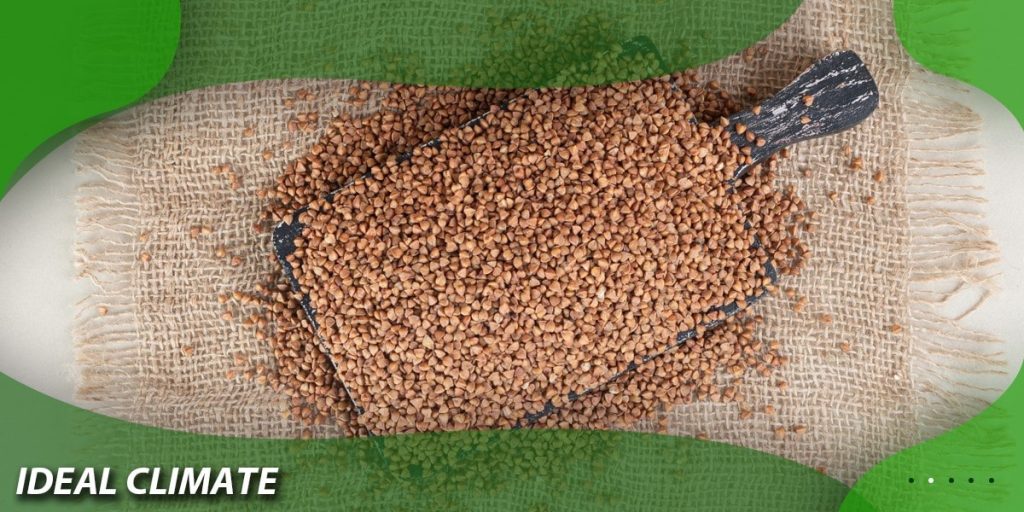
When to Plant Brown Top Millet
The best time to plant brown top millet is late spring or early summer when the soil temperature has warmed up to at least 60°F. This ensures that the seeds will germinate properly and the plants will grow to their full potential.
Step-by-Step Planting Process
- Soil Preparation: Start by clearing the planting area of weeds and other debris. If necessary, amend the soil based on your soil test results.
- Sowing Seeds: Scatter the seeds evenly over the soil surface. Then, lightly rake the area to cover the seeds with soil.
- Watering: Water the area thoroughly after planting. Keep the soil moist until the seeds germinate, which usually takes about one to two weeks.
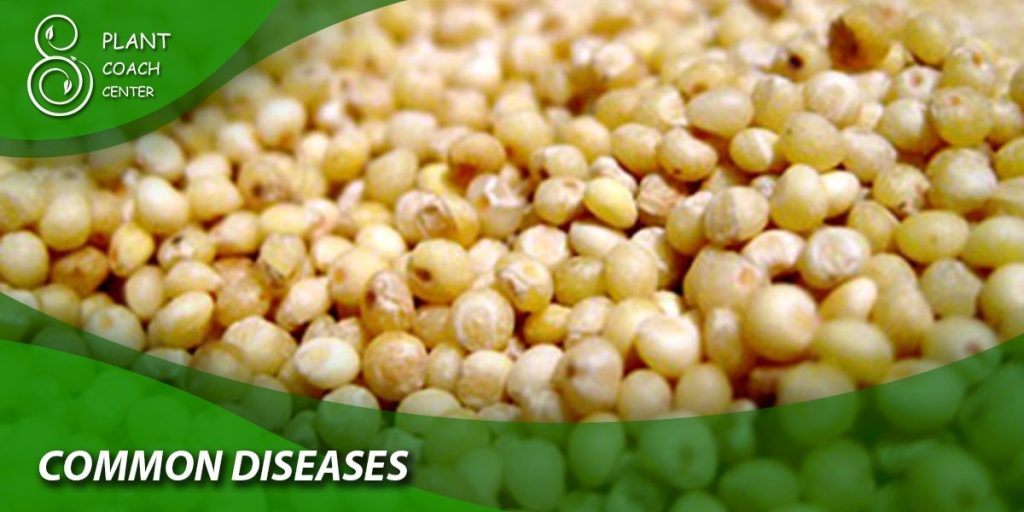
Successfully growing brown top millet is a gratifying process that yields not just a nutritious crop, but also contributes to the overall health of your garden or farm. Understanding the plant’s history, nutritional value, and the different types available provides a valuable context for its cultivation.
The practical knowledge of the planting process, from optimal soil conditions and climate to the precise timing of sowing, sets the stage for a fruitful harvest. Post-planting care, which encompasses watering, fertilizing, weed control, and pest management, ensures the healthy growth and development of the crop.
While challenges may arise, troubleshooting common problems and diseases can keep your millet crop healthy and robust. Furthermore, harvesting and storing your crop properly can maximize its longevity and usefulness in your kitchen and beyond.
Brown top millet’s role in sustainable agriculture cannot be overstated. As a cover crop, it supports soil health and biodiversity, proving that its benefits extend beyond its nutritional value.
Common Diseases that Can Affect Brown Top Millet Crops
Brown top millet, like other crops, can be susceptible to various diseases. While these crops are often considered hardy, understanding potential diseases can help in early detection and management. Some common diseases that can affect brown top millet include:
- Smuts: These diseases are caused by fungi that produce dark, powdery spores. The infected parts of the plant often swell and burst open, releasing the spores. This disease can lower the quality of the millet grains and reduce yield.
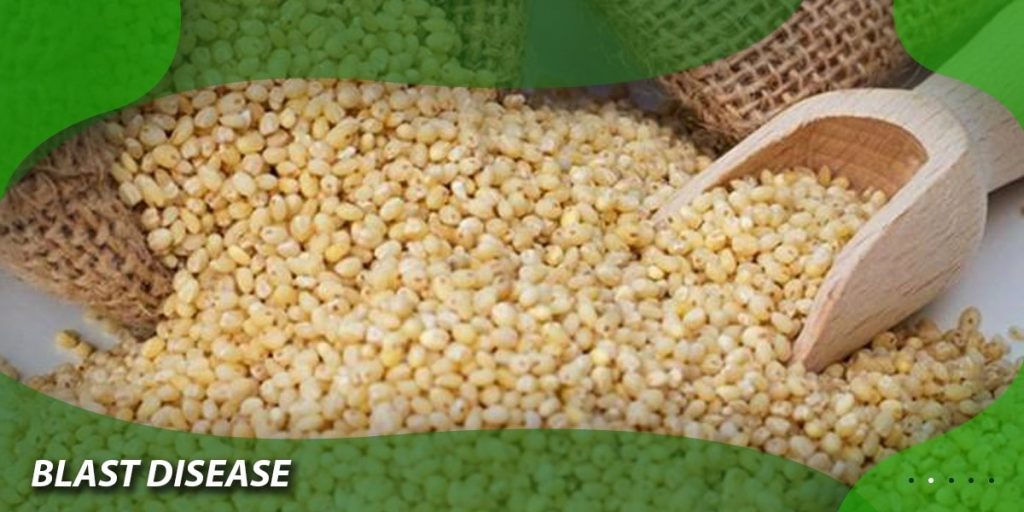
- Blast Disease: Caused by the fungus Magnaporthe grisea, blast disease can cause lesions on leaves, stems, and panicles. The lesions can hinder photosynthesis and reduce the overall health and productivity of the plant.
- Rusts: Rust diseases, like leaf rust, can affect millet plants. They are characterized by the presence of reddish-brown pustules on the leaves, stems, or grains. Rust can reduce the overall vigor of the plant and lead to yield loss.
- Mildews: Both downy and powdery mildews can affect millet. These diseases cause a white or greyish powdery growth on the leaves and other above-ground parts of the plant. Severe infections can lead to yellowing and death of leaves, reducing the plant’s productivity.
- Leaf Spot Diseases: These diseases cause spots on the leaves that can coalesce and cause extensive damage. They are often caused by various fungi and can lead to significant yield loss if left untreated.
- Root and Crown Rot: These diseases, often caused by soil-borne fungi, can cause rotting of the plant’s roots or base. Infected plants may wilt, turn yellow, or die.
To manage these diseases, it’s important to use healthy seeds, follow proper irrigation and fertilization practices, rotate crops, and apply appropriate fungicides if necessary. Moreover, regular scouting of the field can help in early detection and management of diseases.
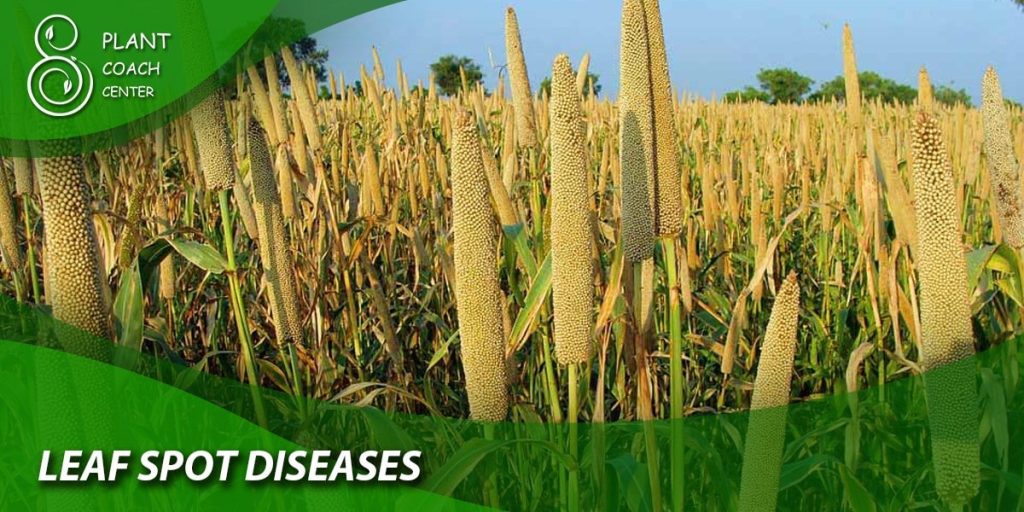
Conclusion
Whether you’re a beginner gardener or a seasoned farmer, the cultivation of brown top millet is a rewarding endeavor that brings with it the joys of working with nature, the satisfaction of a successful harvest, and the advantages of a nutritious, versatile grain.
When is the best time to plant brown top millet?
The ideal time to plant brown top millet is late spring or early summer when the soil temperature has warmed up to at least 60°F.
What are the optimal soil conditions for brown top millet?
Brown top millet thrives in well-drained soils with a pH ranging from 6.0 to 7.5. Conducting a soil test before planting can help you understand your soil's composition and adjust it if necessary.
How do I manage pests in my brown top millet crops?
Pest management strategies include regular inspection of crops, use of natural predators, and, if necessary, application of organic or synthetic pesticides.
Why is my brown top millet not growing well?
Several factors could affect the growth of your brown top millet.
How can I use brown top millet in my kitchen?
Brown top millet is a versatile grain that can be used in a variety of dishes. You can use it as a substitute for rice, make it into a porridge, bake it into bread or muffins, or even pop it like popcorn.
What role can brown top millet play in sustainable agriculture?
Brown top millet serves as an excellent cover crop, improving soil health by adding organic matter and preventing soil erosion.


